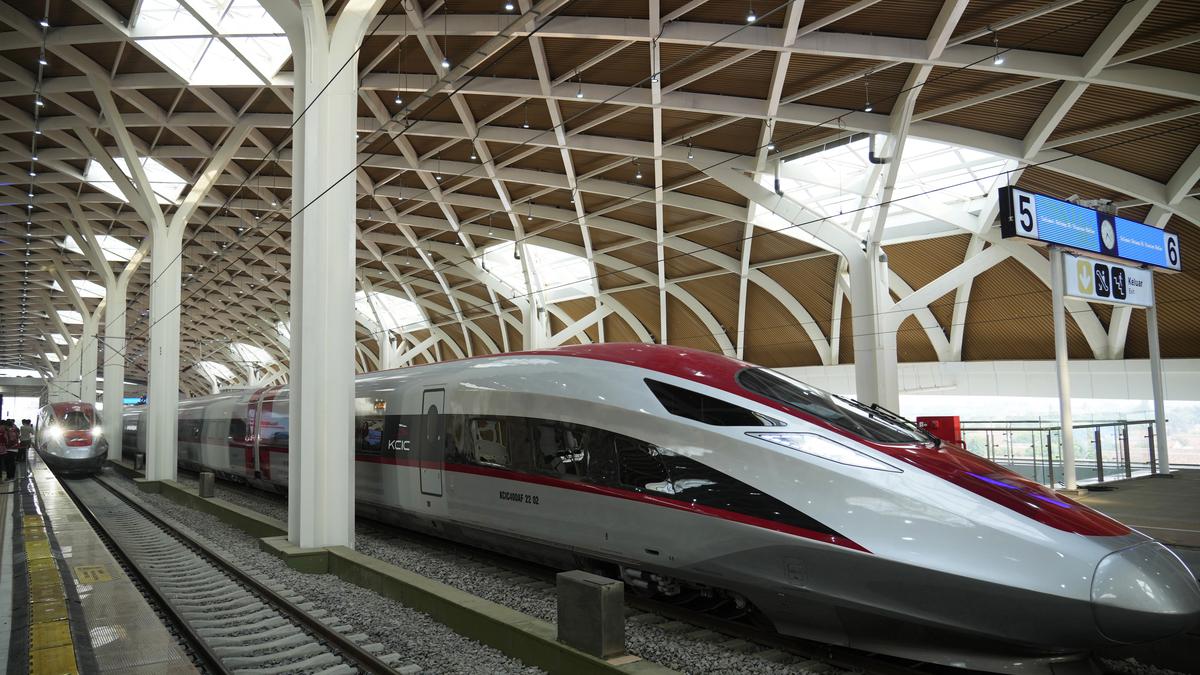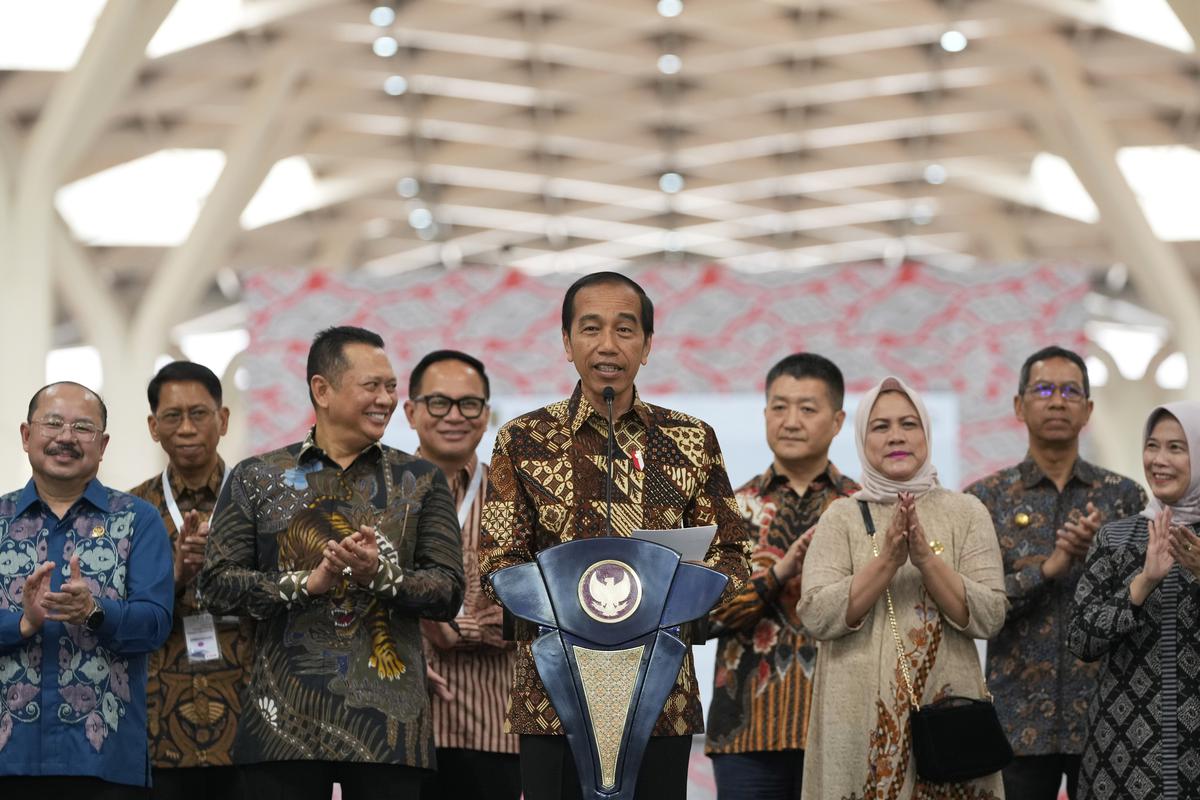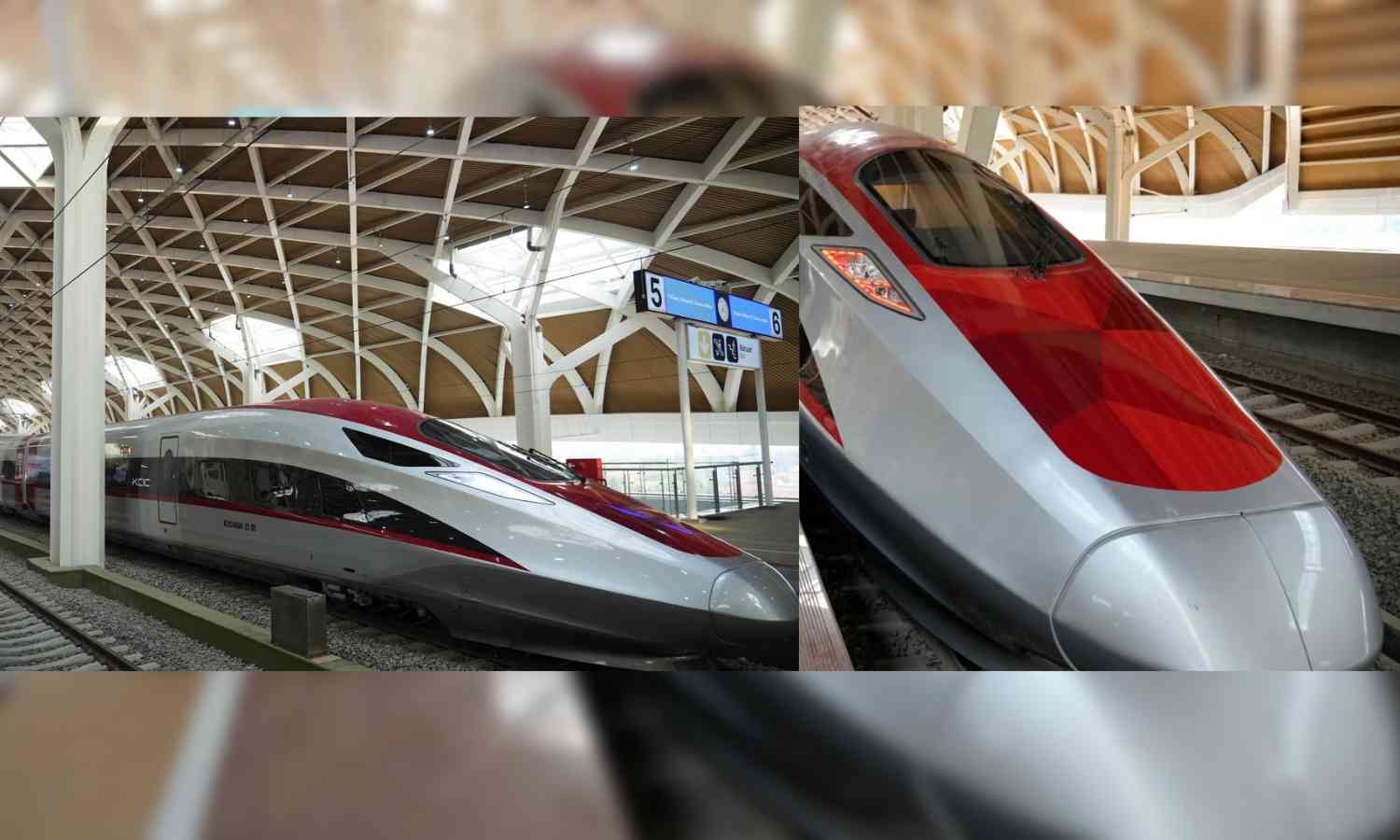On Monday, Indonesian President Joko Widodo officially launched Southeast Asia's first high-speed railway, which is a crucial project within China's Belt and Road infrastructure strategy and will significantly shorten travel times between two important cities.
Some analysts question the project's business benefits due to delays and rising expenses. But Widodo has promoted the 142 km (88 mi) railway, which on Sunday received its official operating permit from the Ministry of Transportation.
PT Kereta Cepat Indonesia-China, also known as PT KCIC, is a joint venture between an Indonesian consortium of four state-owned firms and China Railway International Co. Ltd., built the $7.3 billion project, which was majorly funded by China.

The railway will reduce the existing three-hour travel time between Jakarta and Bandung, the densely populated capital of West Java province, to around only 40 minutes. It is expected that using electrical energy will cut carbon emissions.
In his opening remarks, Widodo formally named "Whoosh" the name of Indonesia's first high-speed railway, the fastest in Southeast Asia with top speeds of 350 kph (217 mph). "Whoosh" is an acronym for "Waktu Hemat, Operasi Optimal, Sistem Handal," which in Indonesian means "timesaving, optimal operation, reliable system."
Widodo stated, "The Jakarta-Bandung high-speed train marks the modernization of our mass transportation, which is efficient and environmentally friendly.”
"Our courage to try new things gives us confidence and the opportunity to learn and will be very useful for the future, making our human resources more advanced and our nation more independent," he added.

Widodo and other top government officials travelled on Whoosh from its very first station in eastern Jakarta, Halim, to one of the line's four stations in Bandung, Padalarang, which is roughly 30 kilometres (18 miles) from the city's centre.
The project began in Indonesia in 2016. The COVID-19 pandemic, environmental concerns, and disagreements over land acquisition all caused the line's opening in 2019 to be postponed. The price ended up rising to 113 trillion rupiah ($7.3 billion) from the initial estimate of 66.7 trillion rupiah ($4.3 billion).
The trains are fitted with a safety system that can react to earthquakes, floods, and other emergency situations and have been customised for Indonesia's tropical environment. The 209-meter (685-foot) long train can accommodate 601 people.
After a competitive bidding round in which Indonesia chose China over Japan, the train agreement was concluded in October 2015. 75% of the total cost was covered by a loan from the China Development Bank. The consortium's own finances were used to cover the remaining 25%.
(Photo Credit: AP)
Ⓒ Copyright 2023. All Rights Reserved Powered by Vygr Media.

























